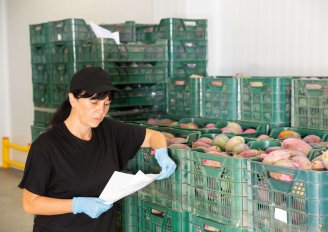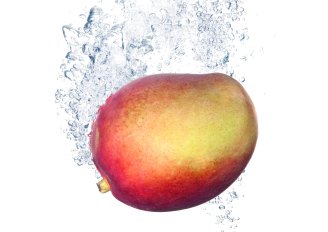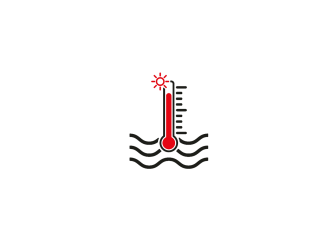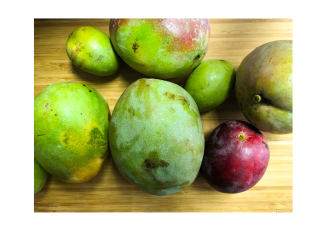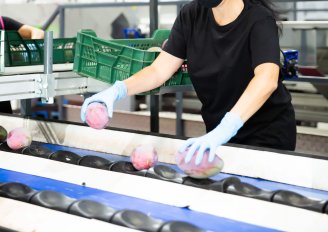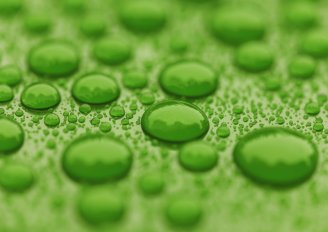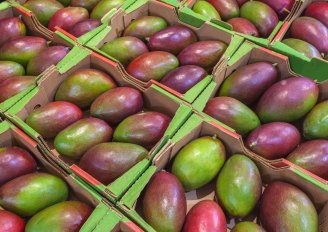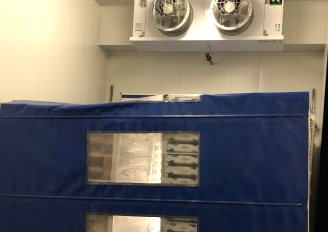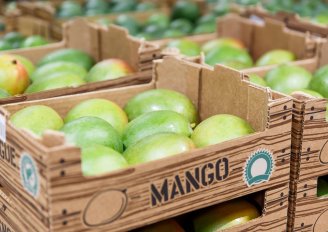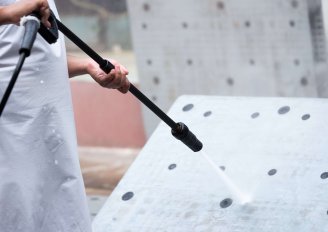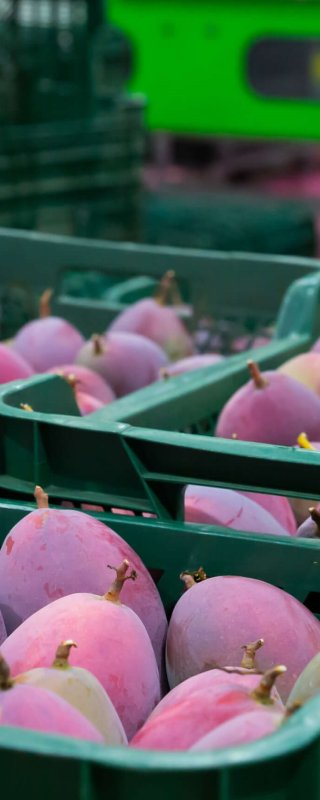
Packhouse practices for mango
Packhouse practices cover the activities from the moment the mangos arrive in the packhouse to the moment of transport and export to the intended market. Sorting, grading, packing and cooling are among the main activities. It is very important that the packhouse has sufficient capacity to cool the mangos; as good temperature management is a requirement to maintain a good quality of horticultural produce. Furthermore, proper cleaning and sanitizing of building and equipment is part of good packhouse practices.

At the mango packhouse
The processing of mangos at the packhouse facility must be well regulated and controlled. The process of washing, hot-water treatment (if applicable), sizing and grading is usually carried out through an automated system, such as roller conveyors with adjustable speed, but always well supervised. Cooling of the products should follow immediately. Forced air cooling is an effective tool to quickly lower the fruit temperature. However, mangos should not be stored below their critical temperature, as chilling injury may then occur which would result in risks on discolourations of skin and flesh and poor flavour.
Activities at packhouse before packing
Activities at packhouse from packing onwards
"Consistency in quality is very important. The client must always be able to rely on receiving the quality class they expect!"
